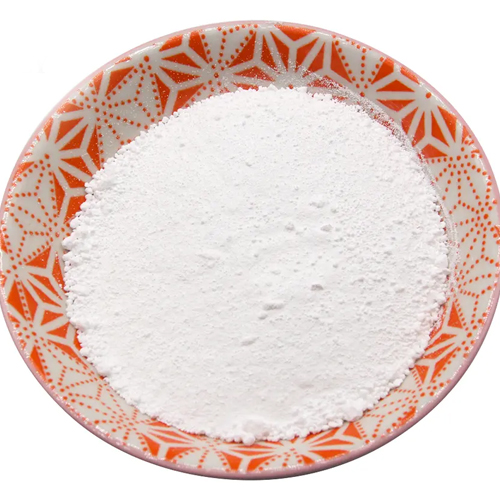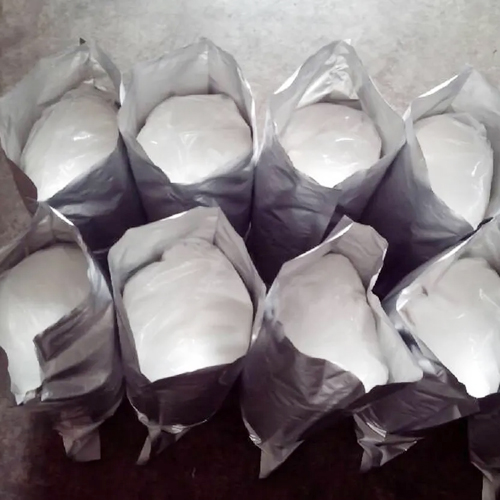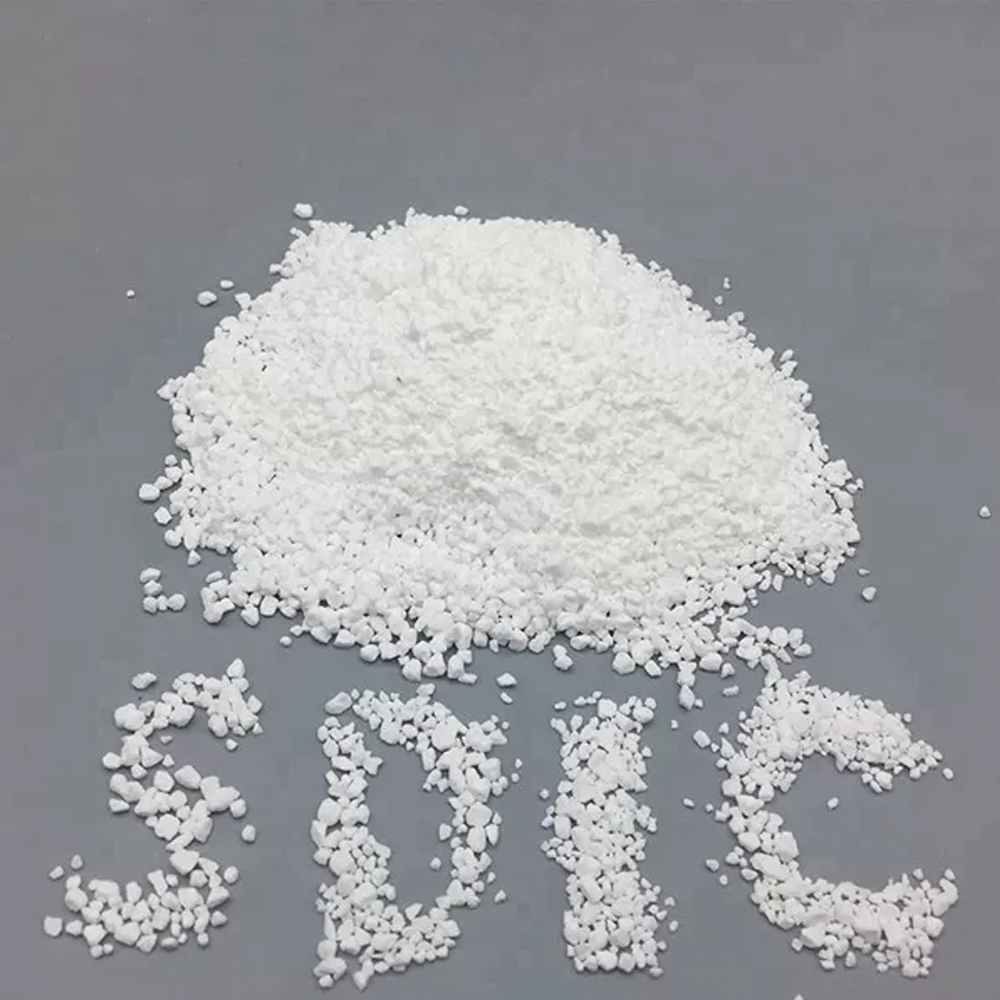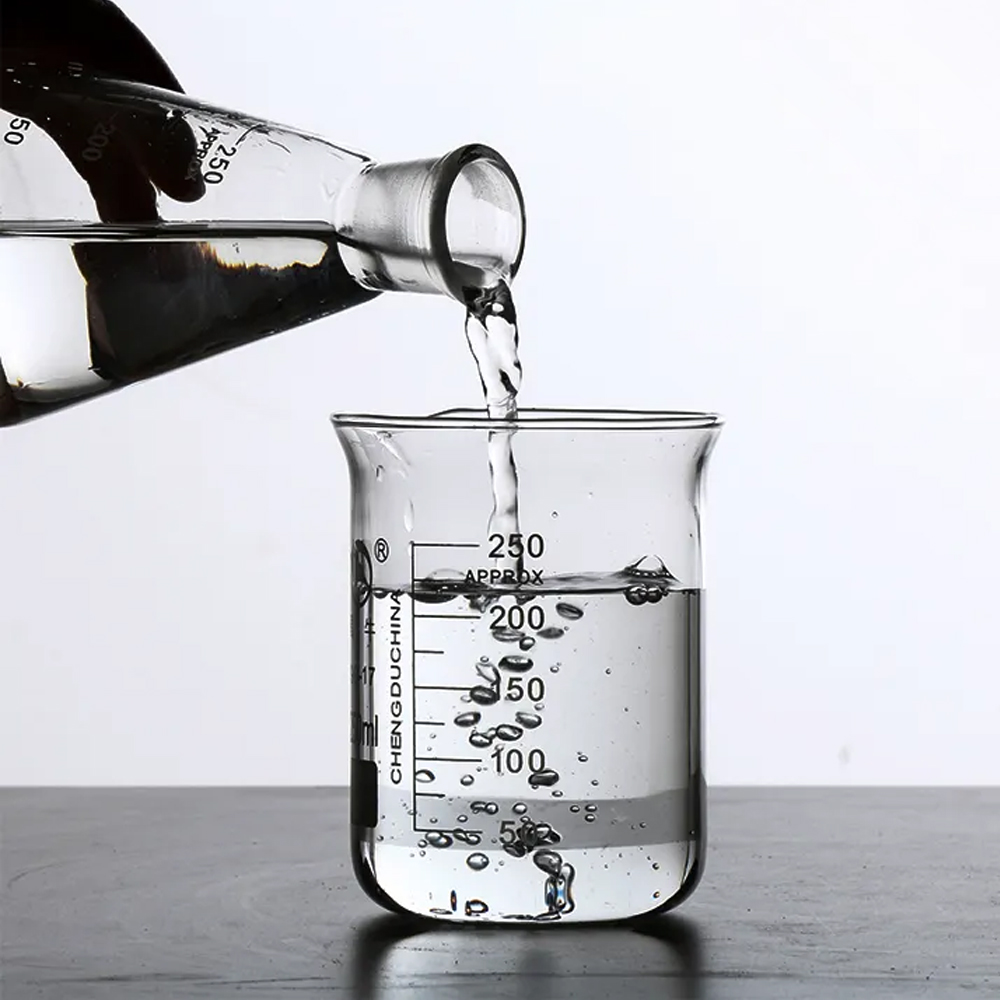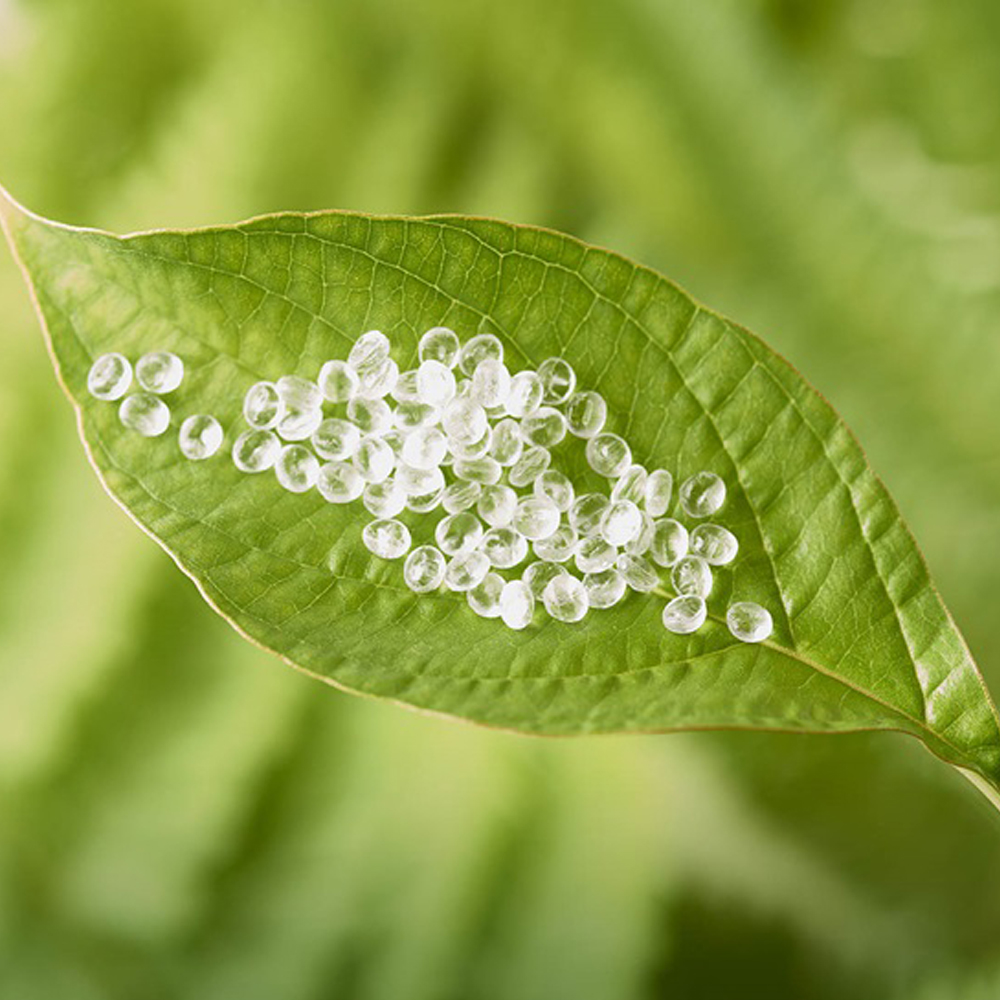
Tudo o que você precisa saber sobre o ácido polilático (PLA)
O ácido polilático, comumente referido como PLA, é um monômero termoplástico orgânico e renovável derivado de fontes como amido de milho ou cana-de-açúcar. Ao contrário da maioria dos plásticos produzidos a partir de combustíveis fósseis por meio da destilação e polimerização do petróleo, a produção de PLA utiliza recursos de biomassa.



